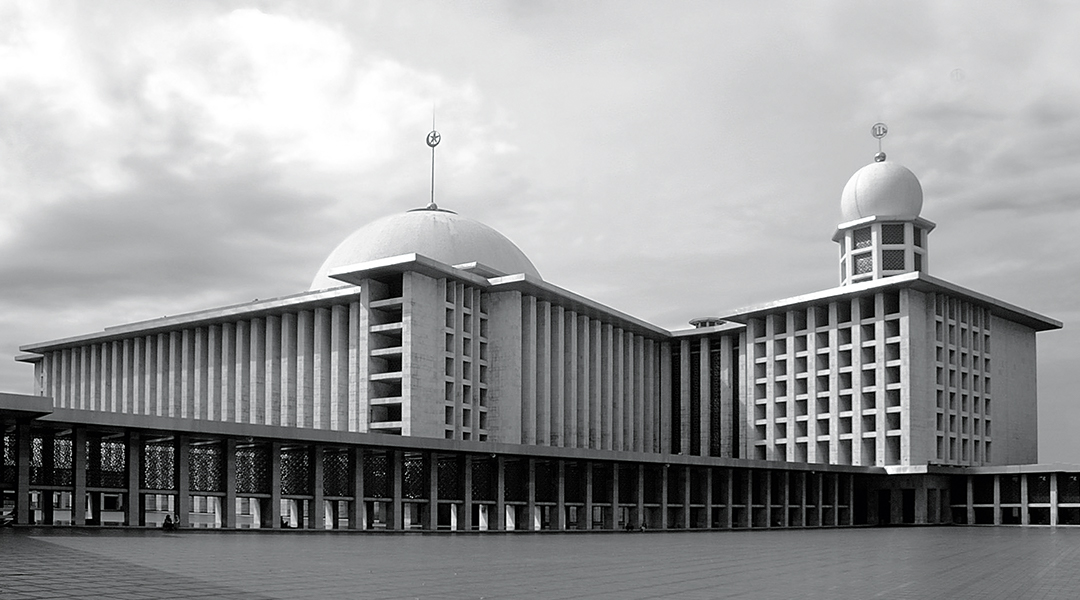
Name the Architect: 7 ASEAN architecture legends
Southeast Asian architecture is known for its receptiveness to tropical heat, with the integration of design aspects such as passive cooling, solar shading, and natural ventilation. Architects and designers from the region have long been exemplifying these in their projects, with a number of ASEAN legends exceptionally delivering these in their works. This article, originally published in Bluprint Volume 6 2015, showcased the works of 7 architectural greats from the region. Can you name the architects of each one?
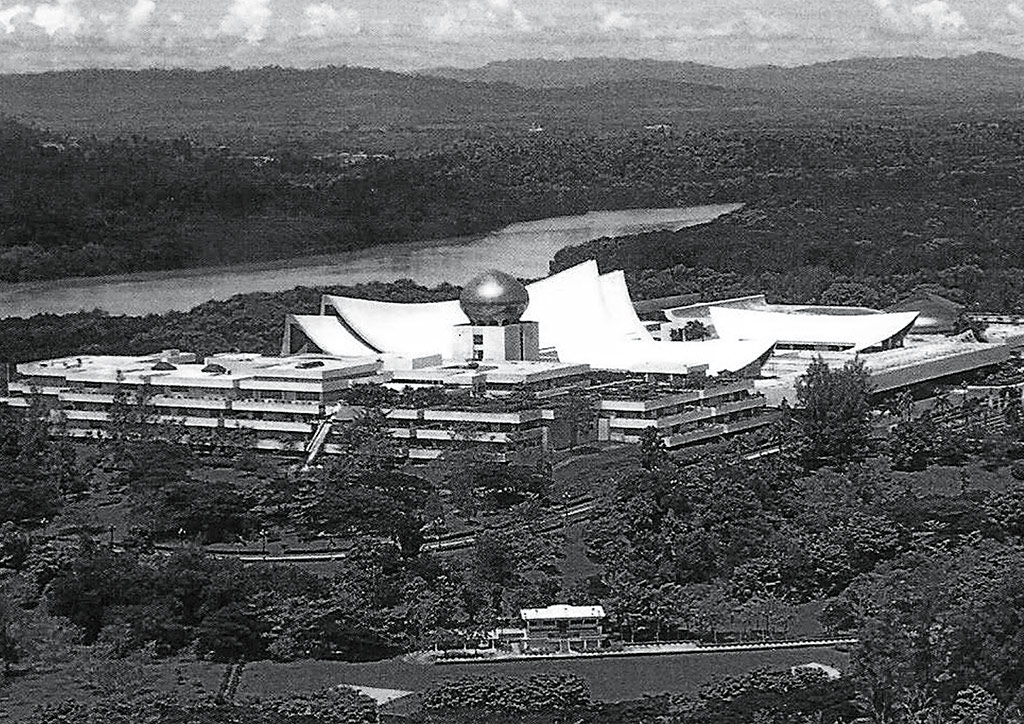
1 | Istana Nurul Iman
This renowned Filipino architect designed the Istana Nurul Iman (Palace of the Light of Faith) in Brunei in 1984, giving traditional Malay and Islamic architectural motifs like golden domes and vaulted roofing a modern sculptural twist. With an eye-popping 1788 rooms, a mosque that can accommodate 1500 worshippers, a 110-car garage, 5 swimming pools, and air-conditioned stables for the sultan’s 200 prized polo ponies, this is definitely not your average single-family residence. The palace came with a $1.4 billion price tag; for comparison, the world’s tallest building, Burj Khalifa, cost $1.5 billion to build.
2 | People’s Park Complex
The People’s Park Complex was the first residential and commercial complex of its kind in Singapore when it opened in 1973. A 25-floor residential and office tower atop a shopping mall podium, it paid homage to Le Corbusier’s ideals for high-rise living, with ‘streets in the air’ as well as elevated communal spaces for its residents. Its shopping complex housed a ‘city room,’ or an atrium, the first of its kind in Singapore, which preserved the busy atmosphere of Chinatown indoors. This project is but one of many iconic additions to the Lion City’s skyline by this noted Singaporean firm, who netted this important commission in their first year of existence.
3 | Masjid Istiqlal
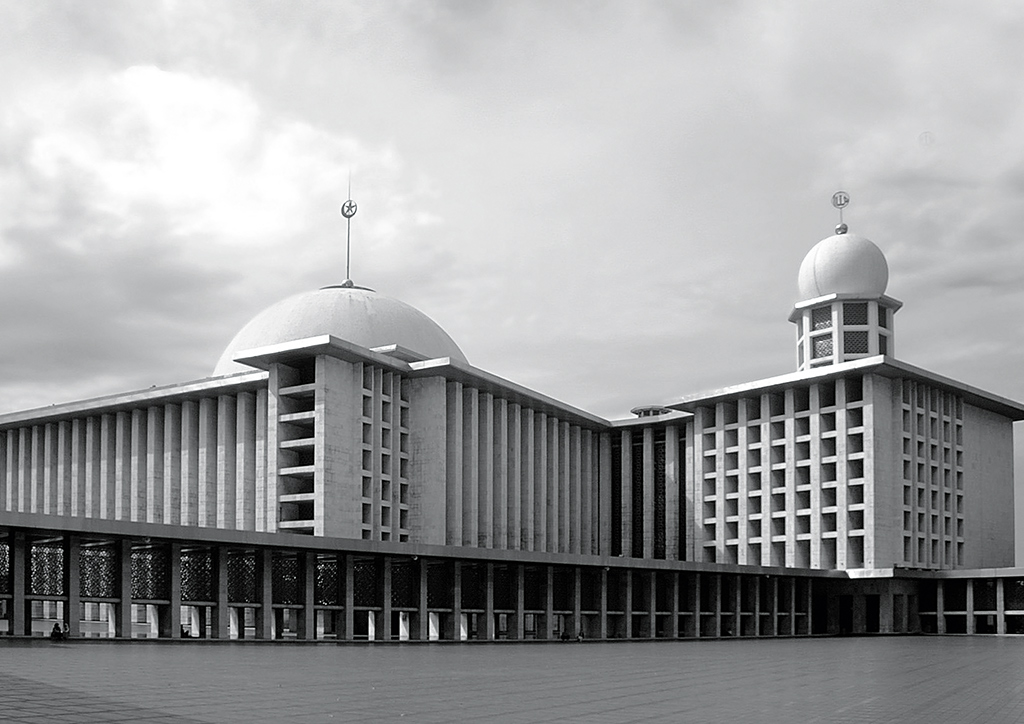
Three things make the Istiqlal Mosque in Jakarta, Indonesia, unique and interesting. First is its sheer size, being the largest mosque in Southeast Asia. The second is its close proximity to the Jakarta Cathedral. Third, and most surprising of all, is the fact that its architect is a Christian. Designed in the international style, the mosque took 17 years to build, finally opening in 1978, initially criticized as being too modern, and incongruent with local Islamic culture and architecture. Aside from the many local monuments and buildings to his name, this ASEAN legend was instrumental in the establishment of the Indonesian Institute of Architects (IAI), the country’s premier architectural organization.
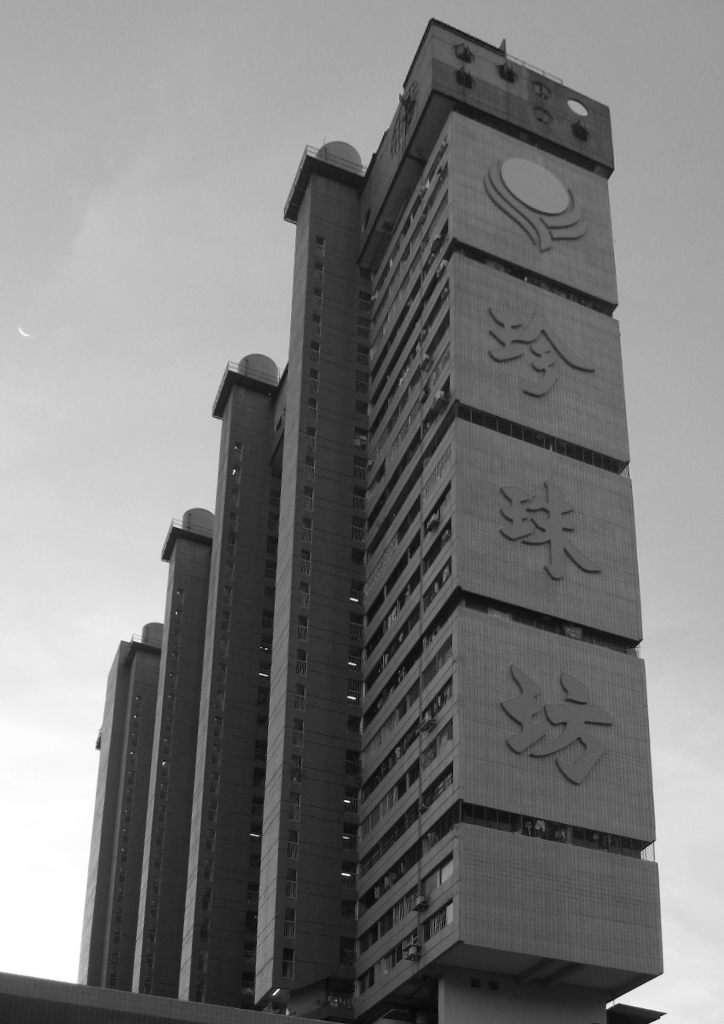

4 | Phnom Penh Olympic Stadium
This is the largest sporting venue in Cambodia, which can seat 60,000 spectators. Its architecture melds the prevailing modernist aesthetic with Cambodia’s unique historical architecture and environmental context, creating a style called “New Khmer Architecture,” which our architect, Cambodia’s first fully qualified professional, was a noted proponent. Originally built for the canceled 1963 Asian Games, the stadium eventually became the venue for some of the country’s most historic events, from hosting the short-lived GANEFO games (The Olympics’ communist counterpart) to executions carried out by Khmer Republic officials during the Khmer Rouge regime. After decades of disrepair, the Phnom Penh Olympic Stadium was refurbished and the surrounding sports complex redeveloped in 2000.
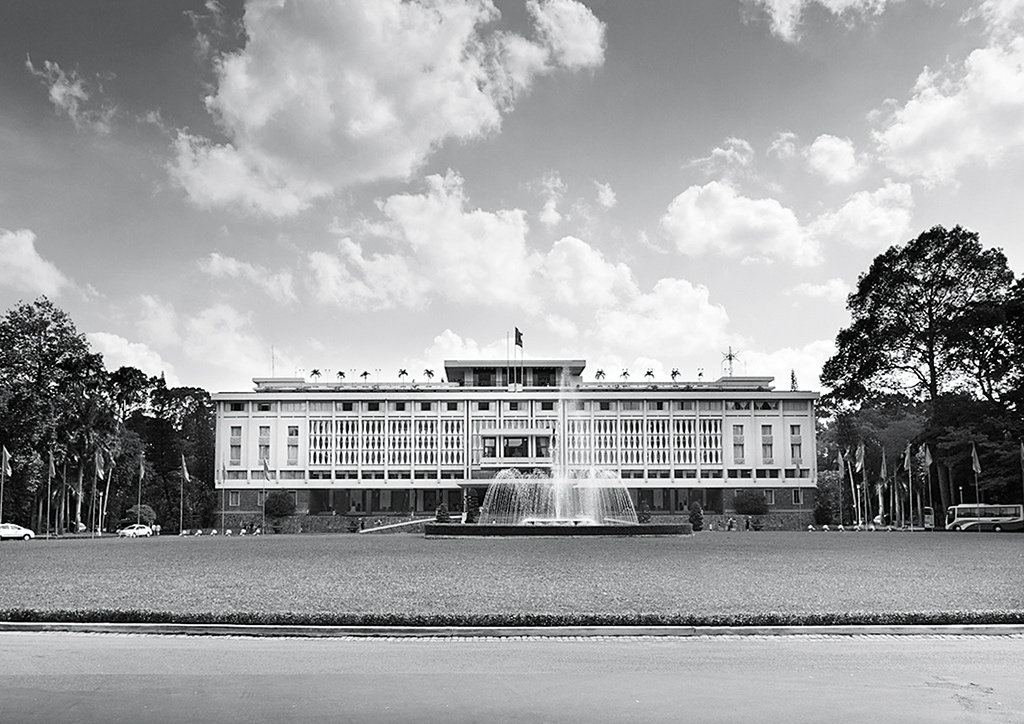
5 | Reunification Palace
Vietnam’s Reunification Palace was built in 1966 as the residence and office of Ngô Đình Diệm, the South Vietnamese President. Our architect used an interesting hybrid of styles for the palace, melding the prevalent modernist style with his Beaux Arts training, as well as infusing Vietnamese design motifs such as dragon reliefs, inlays, and bamboo-inspired brise soleil. Diệm was assassinated before the palace was completed. Unlike its owner, however, the palace withstood efforts to destroy it, which included a bombing attempt. It was the dramatic backdrop of the end of the Vietnam War when North Vietnamese forces bulldozed through its main gate. The palace is now a popular tourist attraction and appears on the 200-đông note.
6| Mesiniaga Tower
This Malaysian architect has long been a champion of eco-friendly and passive strategies for architecture, with a special interest in their application in skyscrapers. Commissioned by IBM’s Malaysian subsidiary, this ASEAN legend drew up a high-tech 15-story tower with a cylindrical form for optimal passive solar shading and natural ventilation for the tropical Malaysian weather. The structure has since inspired other architects to adopt green strategies for skyscrapers, and it won the 1995 Aga Khan Prize for Architecture.

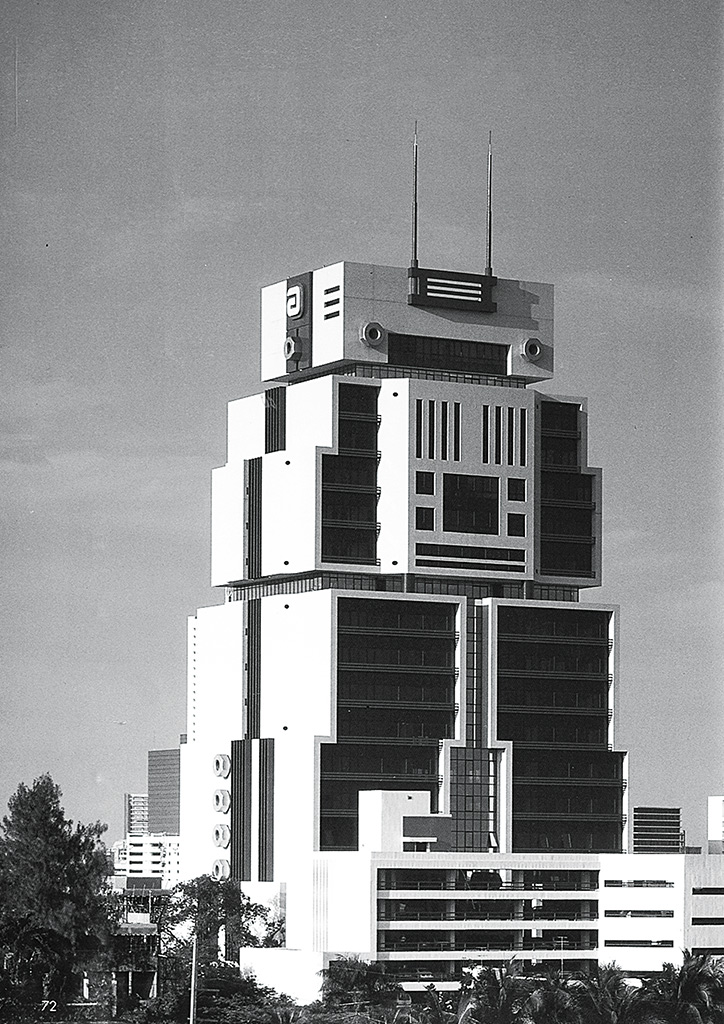
7 | Robot Building
For the design of this 20-story tower in Bangkok, this Thai painter-architect was inspired by his son’s toy robot. The Bank of Asia Building, popularly known as the Robot Building, is among 50 seminal buildings of the century chosen by the Museum of Contemporary Art in Los Angeles. It is more than just an architectural representation of a robot—the “antennae” functions as communication masts and lightning rods; its “eyes” are windows for the office dining area and executive rooms with “eyelids” as shading devices. Another popular work of our ASEAN legend, although not in a good way, is the Elephant Building which has found its way to numerous ugliest skyscraper lists.
This article first appeared on BluPrint Volume 6 2015, Competing on the World Stage. Edits were made for Bluprint online.
READ MORE: Name these 7 architects who started out as mentees


